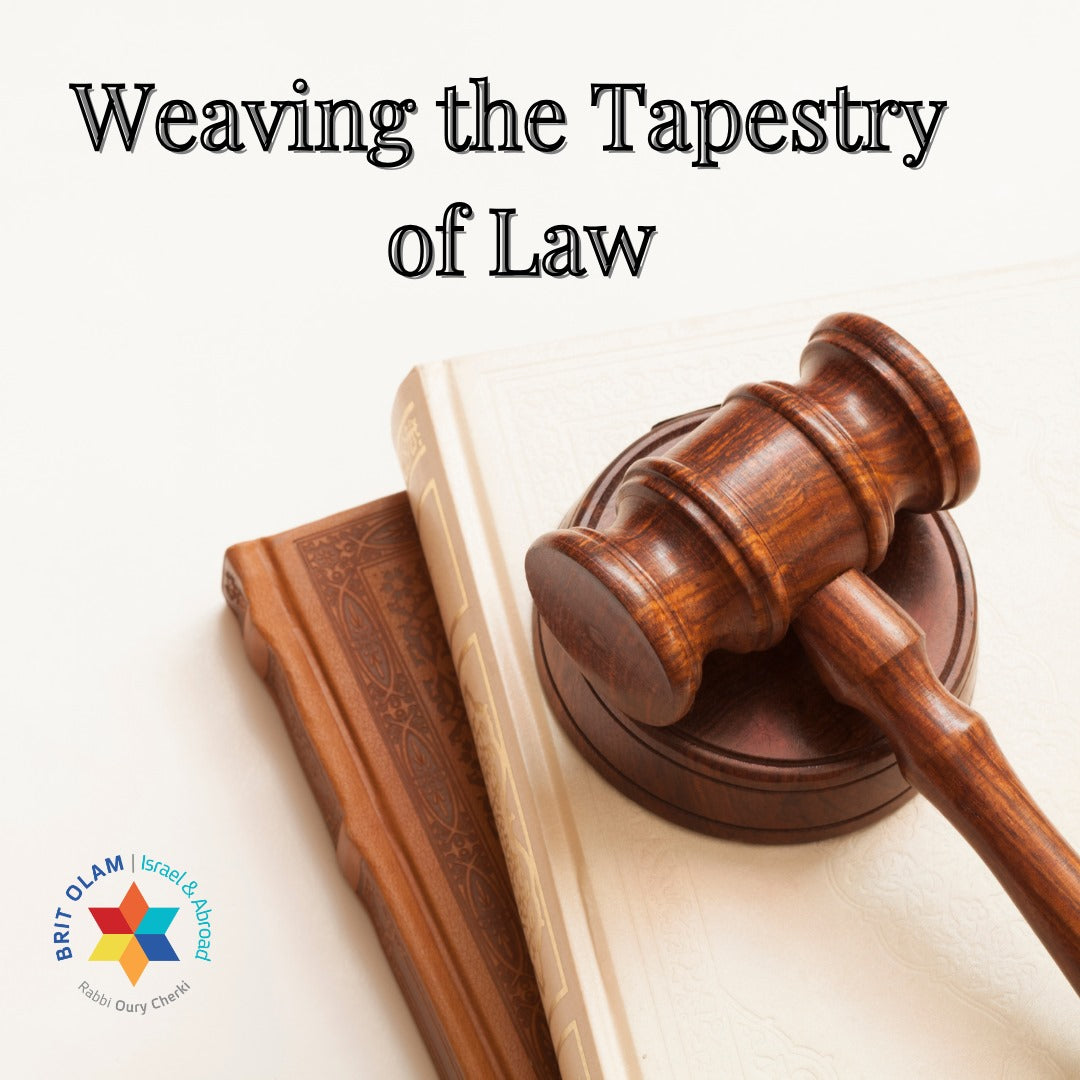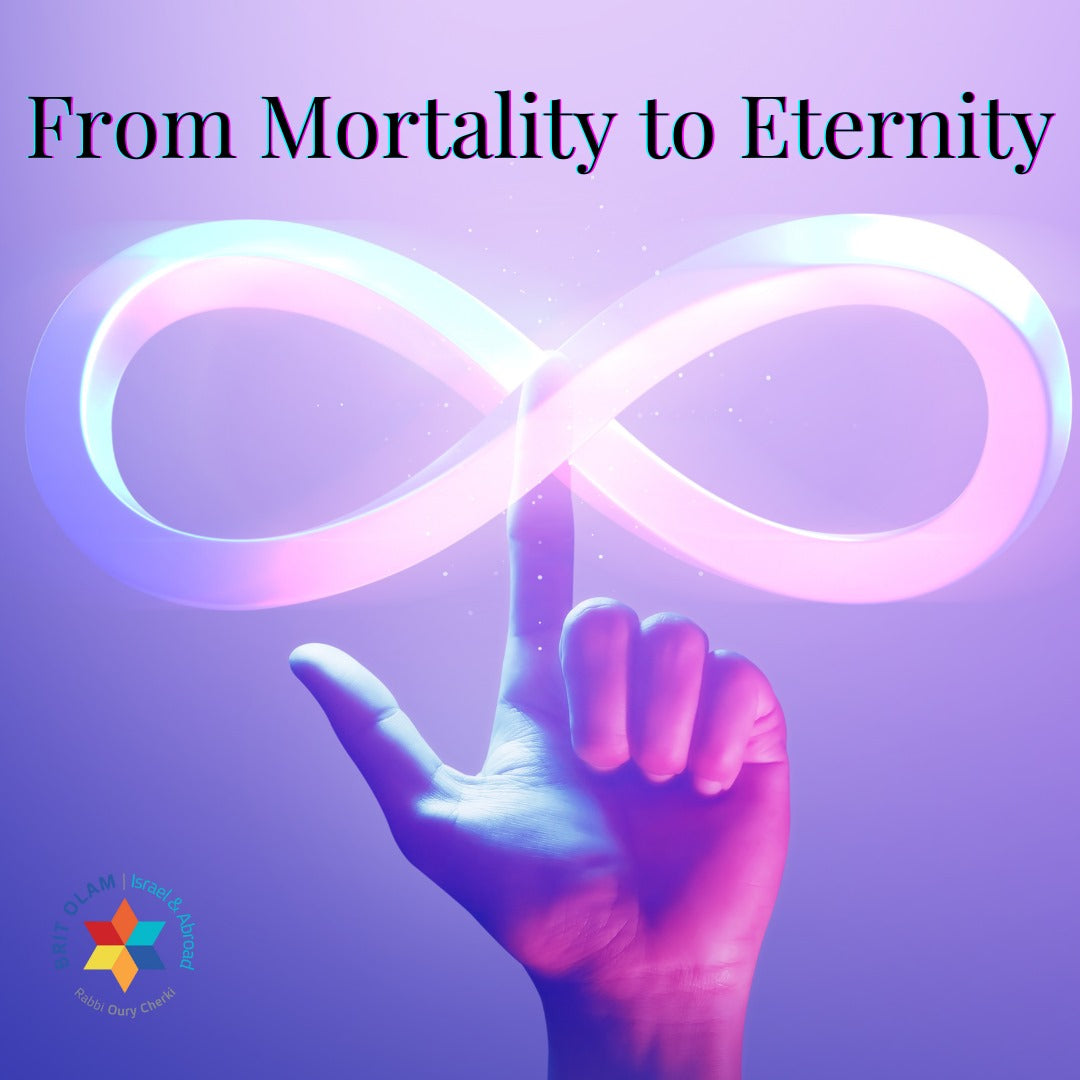"And it was on the eighth day" [Leviticus 9:1] - which eighth day?
According to the literal interpretation, it refers to the eighth day after the seven days during which Aaron and his sons sat at the entrance to the Tent of Meeting before the consecration of the Tabernacle. Then, the consecration of the Tabernacle occurred on the eighth day.
However, this doesn't fully satisfy us because when the Hebrew reader reads in the Torah "on the eighth day," it resonates with him on the seventh day of the world's creation.
The Torah told us in the portion of Genesis that when the Holy One, Blessed be He, "rested," i.e., ceased to create, we entered the seventh day, and the Torah does not say that the seventh day ended. From this, we can learn that the entire history is contained within the seventh day of the world's creation, and we anticipate the appearance of the eighth day of creation, in which man and the Holy One, Blessed be He, meet face to face. Here, in the consecration of the Tabernacle was the opportunity for the emergence of the eighth day - "On the eighth day."
That is, in the Tabernacle, at least, we arrive at a world in which the meeting between the Creator and the created is possible.
However, an incident occurred. The incident of Nadab and Abihu can be said to have slightly disrupted the plan, so we are still on the seventh day, and only he who merits entering the Temple also merits meeting face-to-face with the Creator on the eighth day, which is contracted to the place of the Temple.
However, it cannot be said that it was an absolute failure.
Nadab and Abihu paid a heavy price due to the inspiration of the Divine Presence in the Tabernacle. But thanks to this inspiration, a meeting took place between two Torahs: the Torah of Moses and the Torah of Aaron.
Until now, in the portions, we have seen parts of the Torah of Moses, which demands man to be perfect, to be ruled by intellect. There are no sins according to the Torah of Moses.
In contrast, the Torah of Aaron is friendly to the people of Israel; a person can sin and fail, but even if he fails, there is a solution, and atonement is possible. And this is the Torah of Aaron.
And here in our portion, we see a halachic dispute following the death of Nadab and Abihu, as when Moses commands one thing, and Aaron and his sons do another.
Moses comes with serious accusations: why are you transgressing the word of God that I transmitted? And then Aaron, in a halachic dispute, says to Moses, you are mistaken in understanding what you are transmitting. That is, here something incredible is revealed: the word of God is transmitted by Moses; the interpretation of the word of God depends on the House of Study, and in the House of Study, Moses and Aaron are equal, and in our case, the law follows the words of Aaron.
This means that the Divine Presence, previously in heaven, descended to earth. But where on earth? To the House of Study. The divine revelation continues in the House of Study, and the oral Torah is passed from generation to generation.



